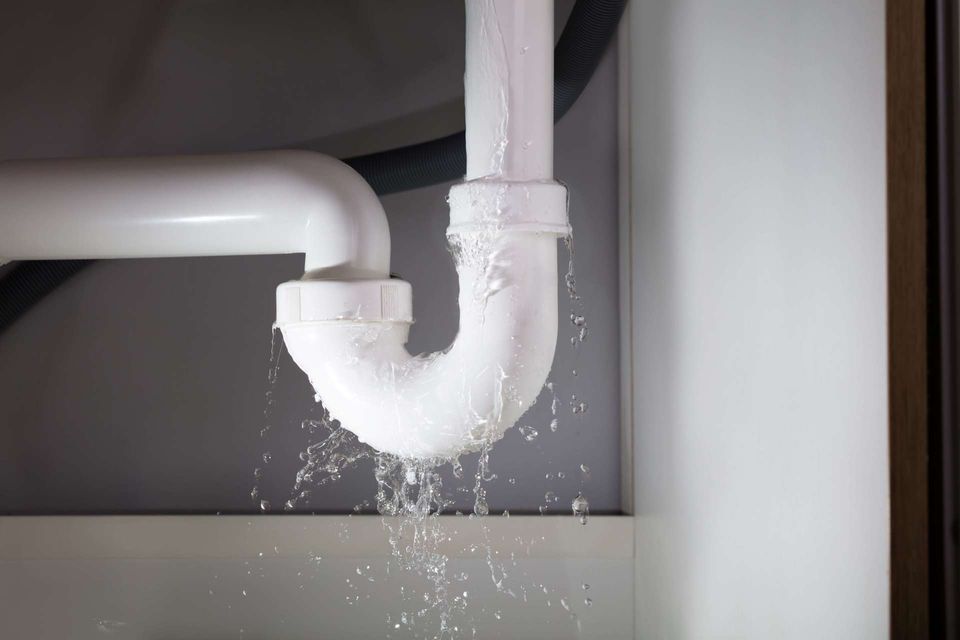This great article below on the subject of Locating water leaks is fairly informative. You should investigate for yourself.

Early detection of leaking water lines can mitigate a possible catastrophe. Some little water leaks may not be noticeable.
1. Examine the Water Meter
Every residence has a water meter. Checking it is a surefire way that assists you uncover leakages. For beginners, shut off all the water sources. Make certain no person will certainly purge, utilize the faucet, shower, run the washing machine or dishwasher. From there, go to the meter and also watch if it will certainly alter. Because no one is utilizing it, there must be no movements. If it moves, that shows a fast-moving leak. If you discover no adjustments, wait an hour or 2 and examine back once more. This means you may have a sluggish leakage that can even be below ground.
2. Check Water Consumption
If you identify abrupt changes, despite your usage being the exact same, it suggests that you have leakages in your plumbing system. A sudden spike in your bill indicates a fast-moving leak.
At the same time, a constant increase every month, despite the exact same practices, shows you have a slow leak that's also gradually rising. Call a plumber to thoroughly examine your building, specifically if you feel a cozy location on your flooring with piping below.
3. Do a Food Coloring Examination
When it comes to water consumption, 30% originates from commodes. Test to see if they are running correctly. Drop flecks of food shade in the storage tank and wait 10 minutes. If the shade somehow infiltrates your bowl throughout that time without flushing, there's a leak in between the storage tank and dish.
4. Asses Outside Lines
Do not fail to remember to check your exterior water lines as well. Should water permeate out of the connection, you have a loosened rubber gasket. One tiny leakage can squander loads of water and also surge your water costs.
5. Examine and also Evaluate the Scenario
Homeowners should make it a practice to inspect under the sink counters as well as even inside cabinets for any kind of bad odor or mold development. These 2 red flags show a leak so prompt attention is called for. Doing regular examinations, also bi-annually, can save you from a major problem.
More importantly, if you recognize your house is currently old, keep a watchful eye on your heaters, hose pipes, pipes etc. Check for stainings and weakening as a lot of devices as well as pipelines have a life expectancy. They will certainly additionally naturally wear away due to tear and also use. If you presume leaking water lines in your plumbing system, don't await it to rise. Call an expert plumber as soon as possible so you don't end up with a dreadful mess in your house.
Early detection of leaking water lines can reduce a prospective calamity. Some tiny water leakages might not be noticeable. Checking it is a proven way that assists you uncover leakages. One little leakage can lose bunches of water as well as spike your water costs.
If you presume leaking water lines in your plumbing system, do not wait for it to intensify.
WARNING SIGNS OF WATER LEAKAGE BEHIND THE WALL
PERSISTENT MUSTY ODORS
As water slowly drips from a leaky pipe inside the wall, flooring and sheetrock stay damp and develop an odor similar to wet cardboard. It generates a musty smell that can help you find hidden leaks.
MOLD IN UNUSUAL AREAS
Mold usually grows in wet areas like kitchens, baths and laundry rooms. If you spot the stuff on walls or baseboards in other rooms of the house, it’s a good indicator of undetected water leaks.
STAINS THAT GROW
When mold thrives around a leaky pipe, it sometimes takes hold on the inside surface of the affected wall. A growing stain on otherwise clean sheetrock is often your sign of a hidden plumbing problem.
PEELING OR BUBBLING WALLPAPER / PAINT
This clue is easy to miss in rooms that don’t get much use. When you see wallpaper separating along seams or paint bubbling or flaking off the wall, blame sheetrock that stays wet because of an undetected leak.
BUCKLED CEILINGS AND STAINED FLOORS
If ceilings or floors in bathrooms, kitchens or laundry areas develop structural problems, don’t rule out constant damp inside the walls. Wet sheetrock can affect adjacent framing, flooring and ceilings.
https://www.servicemasterbyzaba.com/blog/how-to-detect-water-leakage-in-walls/

Hopefully you enjoyed our part on Hacks to detect leaks. Thank you for taking time to read through our posting. Liked our post? Please share it. Help another person locate it. Thanks for your time. Visit again soon.
Need Help? Hire Us Now!
Comments on “Unearthing Sneaky Water Line Leaks: 6 Effective Techniques”